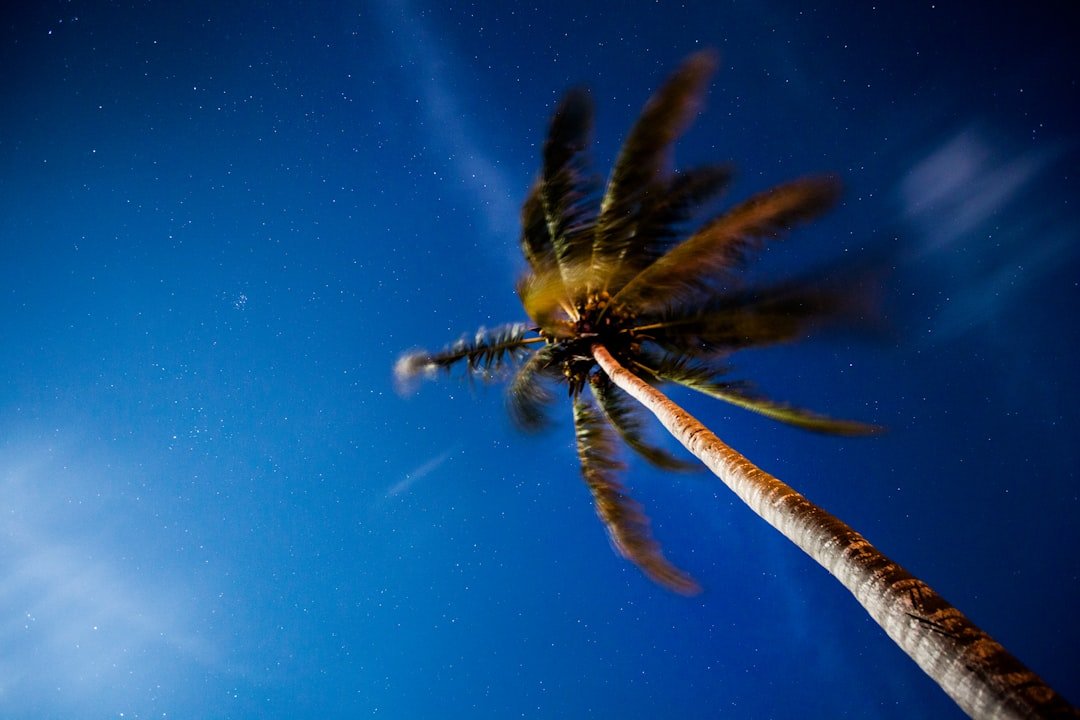Using the Power of the Wind: A Comprehensive Examination of Wind Turbines In the contemporary world, wind turbines have become a vital component of renewable energy sources. Wind power is a strong contender as societies struggle with the urgent need to switch from fossil fuels to sustainable energy sources. A clean & renewable source of energy, these imposing structures, which are frequently seen scattered across the landscape, transform wind energy into electrical power. The growing awareness of wind energy’s potential to make a substantial contribution to the world’s energy needs is demonstrated by the increasing number of wind farms in different regions.
Key Takeaways
- Wind turbines harness the power of wind to generate electricity, providing a sustainable and renewable energy source.
- The science behind wind energy involves the conversion of kinetic energy from the wind into mechanical power and then into electricity.
- Wind turbines work by capturing the kinetic energy of the wind with their blades, which then turn a generator to produce electricity.
- Advantages of wind power include its renewable nature, low environmental impact, and potential for cost savings and energy independence.
- Challenges and limitations of wind energy include intermittency, visual and noise impacts, and the need for suitable wind resources.
Wind energy’s history extends back thousands of years, when early societies used it for grain milling and sailing. The modern wind turbine, on the other hand, is a result of engineering & aerodynamics research as well as technological advancements and is intended to generate electricity. These days, wind turbines range in size and design from tiny residential units to enormous offshore installations. Their capacity to use natural forces is essential for diversifying energy portfolios globally as well as for lowering greenhouse gas emissions.
Fundamentally, wind energy is produced when the sun heats the Earth’s surface unevenly. Variations in air pressure brought on by this differential heating cause wind to form. Understanding how these air movements can be captured and transformed into useful electrical energy is at the heart of wind energy science. A turbine can be used to capture the kinetic energy of wind, which is basically an air flow.
Numerous variables, such as wind speed, air density, and the area swept by the turbine blades, affect how much energy can be captured from the wind. The power equation for wind energy summarizes the relationship between these variables, stating that power is proportional to the cube of wind speed. Thus, even modest increases in wind speed have the potential to produce a large amount more energy. It is crucial to comprehend these ideas in order to optimize turbine placement & design for maximum output & efficiency. A simple principle underlies the operation of wind turbines: the kinetic energy of moving air is converted into mechanical energy, which is subsequently converted into electrical energy.
| Wind Speed | Blade Length | Electricity Generated |
|---|---|---|
| 5 m/s | 20 meters | 100 kW |
| 10 m/s | 40 meters | 400 kW |
| 15 m/s | 60 meters | 900 kW |
When wind blows across a turbine’s blades, the process starts. This rotation powers a shaft that is attached to a generator, which uses electromagnetic induction to transform mechanical energy into electrical energy. To maximize their efficiency, contemporary wind turbines are outfitted with cutting-edge technology. For example, pitch control systems in many turbines modify the blades’ angle in response to shifting wind conditions.
This feature enables turbines to operate at their best efficiency at a variety of wind speeds. Also, some turbines are made with yaw mechanisms that allow them to turn and face the wind, which maximizes energy capture. Wind power has many strong benefits. Most importantly, it is a clean energy source that emits no greenhouse gases while in use. Because of this feature, wind energy is crucial to halting climate change & lowering dependency on fossil fuels.
Wind energy’s role becomes more crucial as nations work to fulfill international climate agreements like the Paris Accord. Also, wind energy is plentiful and sustainable. As long as the sun keeps warming the Earth, wind will always exist, unlike finite fossil fuel resources. Through energy mix diversification, this sustainability feature not only guarantees a long-term energy supply but also advances energy security. Also, wind farms offer flexibility in energy production & distribution since they can be erected in a variety of locations, including offshore & rural areas.
Even with all of its benefits, wind energy has drawbacks and restrictions. One major problem is that the wind is not always constant in its blowing direction or at all times. Because energy production may fluctuate as a result of this variability, grid operators may need to integrate additional renewable sources or install backup systems to guarantee a steady supply. The upfront expenses of setting up infrastructure and wind turbines present another difficulty.
Even though once established, operating costs are generally low, the initial outlay can be high. Concerns have also been raised about land use and possible effects on nearby wildlife, especially birds and bats that might run into turbine blades. To overcome these obstacles, more research & development are needed to advance turbine technology and create practical mitigation plans. disturbance of nearby ecosystems.
However, especially in sensitive areas, the development of wind farms has the potential to disturb local habitats and ecosystems. wildlife issues. Also, conservationists are very concerned about the death of birds and bats as a result of collisions with turbine blades. reducing adverse effects on the environment.
Developers are increasingly using sophisticated siting strategies and technology that minimizes wildlife interactions in an effort to lessen these effects. With ongoing technological developments that increase efficiency and lower costs, wind energy seems to have a bright future. Innovations like longer-bladed, larger turbine designs are making it possible to capture more energy from lower wind speeds, increasing the viability of wind farms in a variety of locations. Also, compared to onshore locations, offshore wind farms have the potential for higher & more reliable wind speeds, which is why they are becoming more popular. Wind power is predicted to see a sharp increase in investment as governments around the world pledge to meet ambitious renewable energy targets.
Research on hybrid systems—which integrate wind with other renewable resources like solar or battery storage—is probably going to increase as a result of this trend. By optimizing total energy output, such integrations could mitigate some of the issues related to intermittency. In summary, wind turbines are an essential part of the global movement toward sustainable energy sources. Among the many advantages of using natural forces to generate electricity are lower greenhouse gas emissions and increased energy security. Even though there are still issues, like intermittent nature and environmental effects, the future of wind energy appears bright thanks to continuous technological improvements & greater research funding. Accepting wind power’s potential will be essential as societies look for more ways to fight climate change and move away from fossil fuels.
Through responsible development practices and innovation, communities can effectively and sustainably utilize this plentiful resource. Wind turbines are at the forefront of the movement toward a more sustainable world as we move closer to a cleaner energy future.



